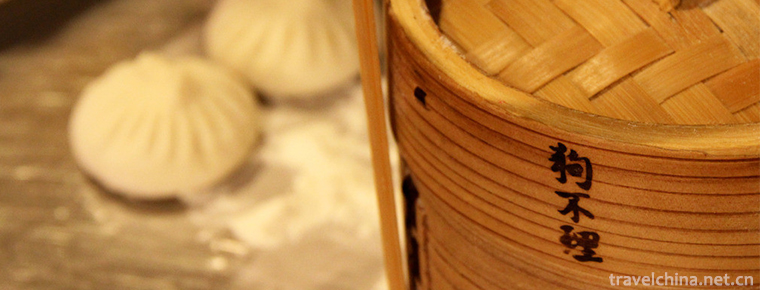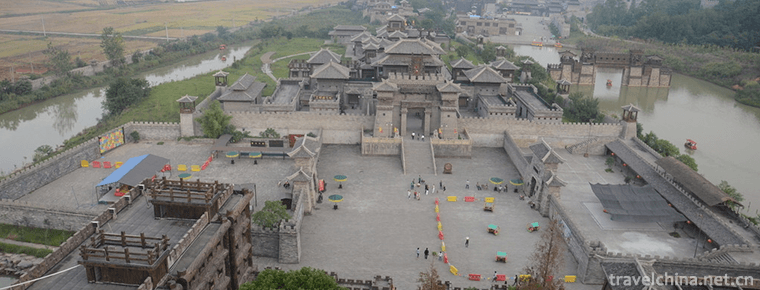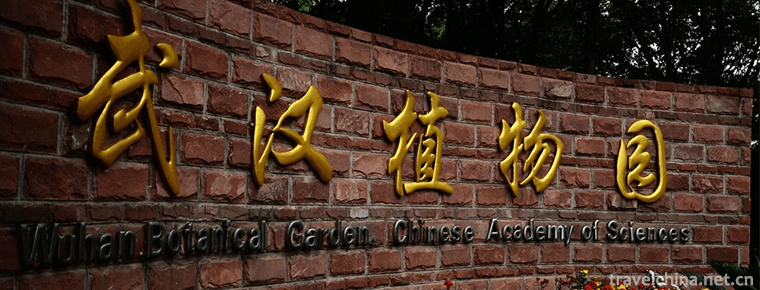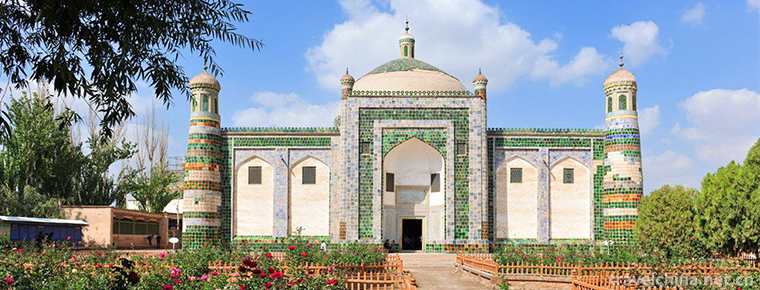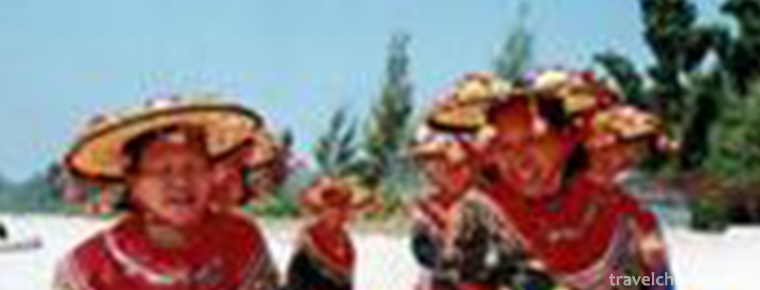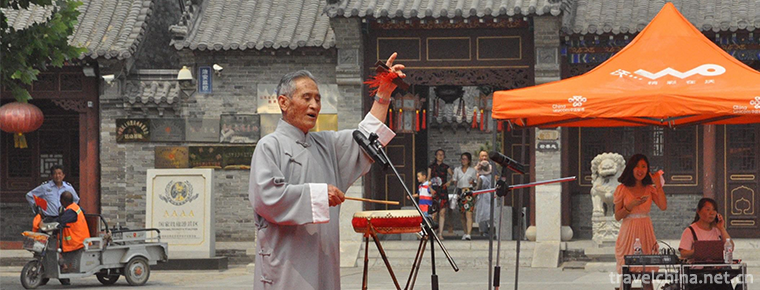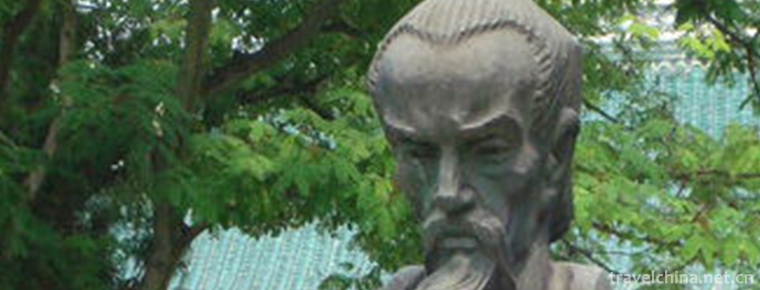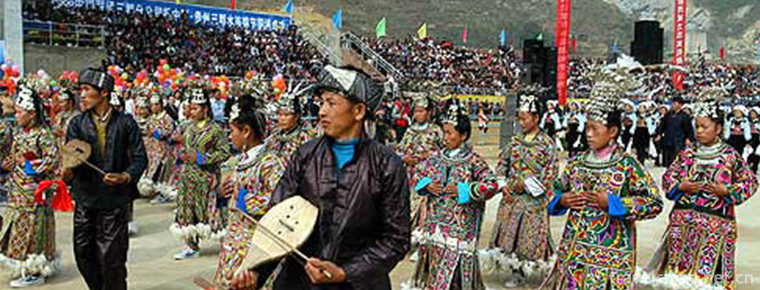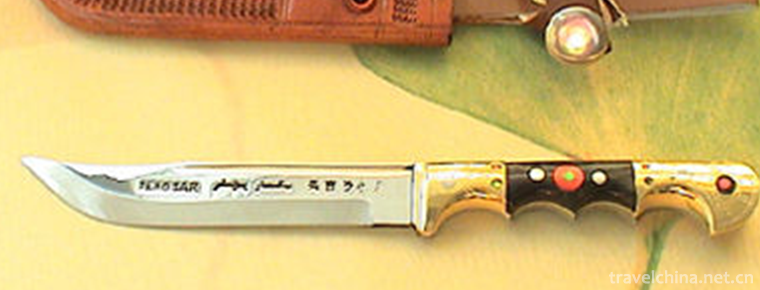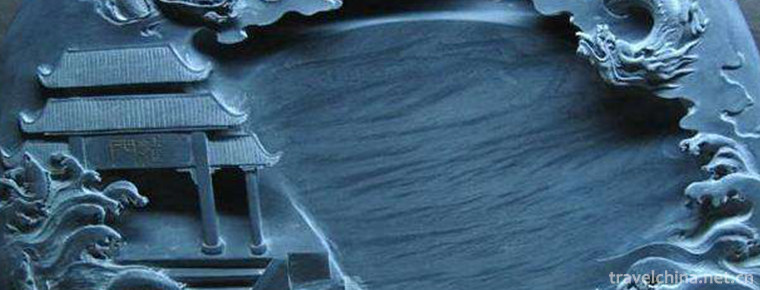Wuhe Folk Song
Wuhe Folk Song
Wuhe folk song is a traditional form of folk song which is popular in Wuhe County and its surrounding areas in Anhui Province. There are three categories: labor chant, Yangge (Tiange) and minor. Among them, minor folk songs are the most popular and characteristic. The performance of Wuhe folk song is mainly composed of singing and white mouth. It has various forms and rich contents, including solo singing, duet singing, rap singing and small singing. It is one of the typical representatives of traditional folk music culture in Huaihe River Basin. It is of great significance to enrich and perfect the treasure house of Chinese folk songs and the study of Chinese music history. China's national intangible cultural heritage.
historical origin
The earliest historical record of Wuhe folk songs can be found in the county chronicles compiled in 1458 (the second year of Shun Tomorrow). "Wuhe County Chronicle Customs" records: "On the 23rd day before New Year's Eve, children beat waist drums and sing folk songs to and fro villages, so-called greeting the New Year..." "Folk merchant sheep dancing and singing in villages and municipalities..." "March's founding day... In the Qing and Ming Dynasties, the folk sacrifices to tomb sweepers and altars invited the city gods to go out on a tour of hundreds of operas and compete for the whole country to sing and dance in full swing for three days. "Wuhe folk song not only aims at the description, but also bears the brand of folk song in the beautiful scenery of governing the region." "Records of Wuhe County, Historical Sites" records the classic eight sceneries of the five rivers in history: "... Nanpu Fishing Song, Beiyuan Pastoral Song... Donggou Fish Sings Xiba Agricultural Song. Therefore, Wuhe folk songs in the Ming Dynasty have rich connotations in theme, genre, content and form, special sacrificial songs have existed, folk children's songs, folk songs throughout the villages and cities.
After the founding of New China in 1949, the nomenclature and formulation of "Wuhe Folk Song" was named in the early 1950s for the influence of "Picking Pomegranate" on the award-winning performances in East China.
Distribution area
Wuhe folk songs are concentrated in Wuhe, Fengyang, Bengbu and surrounding areas of Anhui Province.
Wuhe folk songs originated in Xiaoxi Town, Wuhe County. Xiaoxi Town belongs to Fengyang County. Therefore, Wuhe folk songs are also popular in Fengyang County. Because Wuhe River has a smooth ancient waterway, frequent cultural exchanges between the north and the south, popular areas are constantly expanding and extending. Wuhe folk songs are widely spread in more than ten counties and cities in the middle and lower reaches of Huaihe River, as well as some counties and cities in Shandong Province.
basic content
Manifestation
There are many kinds of Wuhe folk songs with rich repertoire. According to the preliminary census at the beginning of the 21st century, there are more than 70 songs. There are three types: labor chant, Yangko (Tiange) and minor. Among them, minor folk songs are the most popular and most distinctive. The performance of Wuhe folk song is mainly composed of singing and white mouth. It has various forms and rich contents, including solo singing, duet singing, rap singing and small singing.
Modal characteristics
The Wuhe River is located at the junction of Huaibei, Huainan and Northern Jiangsu. Its language and culture are influenced not only by the Central Plains culture, but also by Wu culture and Chu culture. Traditional folk songs are also produced and developed in such a specific environment. In Wuhe folk songs, there are many small tunes reflecting the love between men and women, whose rhythm is stable, the melodic lines of the Wavelet type and the short dragging tone form a strong Lyric melody. But because it is located on the edge of Huaibei, the melody contains the elements of Huaibei tune. Seven-degree interval jump, in many minor tunes such as "Send Lang", "Long Talk", "December Flirt" and so on, appears from time to time, thus forming the unique style of Wuhe folk song in melody, which is soft, rigid and flexible.
In the mode, Wuhe folk songs are mostly levy mode. Such as: Picking Pomegranate, Seasons and Seasons, Wu Geng Tong Lang, etc. But many of the minor tunes alternate with each other in the melody. For example, "Song of the Four Seasons to Huaibei" started as a palace mode, and later turned to the levy mode, but the last sentence ended on the plume sound, giving a sudden sense of freshness. It makes people feel meaningful and meaningful. This rich tone color also forms its unique style in Wuhe folk songs.
In Wuhe folk songs, many musical themes have common characteristics in terms of rhythm and melody lines, such as "Picking Pomegranate", "Song of the Four Seasons to Huaibei", "Picking Vegetable Moss" and so on. However, due to the use of different techniques to express and produce melodies, so that each has its own unique characteristics, with different flavors. These songs should be regarded as authentic Wuhe local folk songs. There are also some folk songs spread from other places, such as "Eight Duanjing" and "Yu Mei Ren". After a long period of spreading and singing in the Wuhe area, these songs have changed their original features, injected some local phonetic features, and been alienated into folk songs with Wuhe characteristics.
Accompaniment Form
Wuhe folk song was mainly sung in solfeggio, and gradually developed into accompaniment singing. Its related instruments can be divided into three categories: playing, playing and striking.
1. Drawing balls are mainly Erhu. Erhu is made of snake skin and black fish skin. It is commonly known as Ermengzi (Turkish). Individually, Liuqin is also used as accompaniment tool.
2. Playing, mainly suona, flute and sheng.
3. The strike type is mainly made of self-made bangles, which are simply replaced by wooden sticks and dishes.
Main Value
Wuhe Folk Song is an outstanding representative of excellent traditional folk music culture in Wuhe and its surrounding areas, even along Huaihe River and Huaibei River. Its main values are as follows:
1. Cultural value. Wuhe Folk Song is a typical traditional folk music culture produced and developed in the interlaced areas of Jiangsu and Anhui in the Huaihe River Basin. It is one of the typical representatives of the creative genius of the people along the Huaihe River. It not only embodies the cultural characteristics of the Wuhe area, but also reflects the historical pulse of cultural blending. As the oral heritage of intangible folk music culture, it contains cultural space and historical charm. It is undoubtedly a valuable asset to study the formation and development of Huaihe River Basin culture and its cultural composition.
2. Academic value: Wuhe folk song is a relatively complete and systematic traditional folk song with typical artistic forms of the local Han nationality. It is one of the traditional folk art forms that express complex emotions and characters by singing. As one of the typical representatives of Huaihe River folk music culture, Wuhe folk song is a bright pearl in the vast Chinese folk song system. Further protection, rescue and excavation of Wuhe folk songs are of great significance for enriching and perfecting the treasure house of Chinese folk songs and the study of Chinese music history.
3. Practical value. In the construction of county economy, Wuhe folk songs are an indispensable and important part of building regional image and cultural brand. Protecting, rescuing and excavating Wuhe folk songs will play an important role in strengthening the construction of spiritual civilization, enriching the cultural life of the people along the Huaihe River, improving the quality of the people, building a harmonious socialist society and promoting regional economic development.
Heritage protection
In order to protect the cultural heritage of Wuhe folk songs, by 2010, Wuhe County has organized many folk singers to participate in the Chinese North-South Folk Song Racing Competition, the Chinese Native Folk Song Competition, the First Farmer's Song Festival of Anhui Province and the invitation performances of surrounding provinces and cities. Wuhe County folk song experts also visited CCTV to receive an interview with "Pick Pomegranate" which was included in the "Chinese Folk Song Museum" on the spot. Wuhe Folk Song was invited to CCTV twice, singing live songs such as "Picking Pomegranate", "Stripping Vegetable Moss", "Five Small Boats", "Eight Duanjin", "Rice is delicious to plant seedlings" and so on. In addition, the CCTV Music Channel "Folk Song China" column three times to Wuhe County style, produced five feature films more than 20 broadcasts, the influence of Wuhe Folk Song is constantly rising.
Because most of the songs are performed orally, the language art and melody structure of Wuhe folk songs come from the creation of nature and artists. Each song varies from person to person, and the style of charm varies from person to person. The protection of the inheritors is particularly prominent. In order to improve the inheritance system, Wuhe County allocated special funds for the protection and cultivation of old Wuhe folk song artists, and implemented the "One Hundred Thousand Project" of Wuhe folk song, which includes a well-known Chinese singer, ten excellent folk song inheritors, 100 amateur performing teams of Wuhe folk song and 1000 amateur folk singers. Folk songs have also entered the classroom of primary school students. By 2010, the County Experimental Primary School and Wuhe three primary schools have become the cultivation base of folk song singers. Since 2004, they have participated in the literary and artistic performances of children in Anhui province for many times. Every year, Wuhe Folk Song Festival, Wuhe Spring Festival Gala, Square Culture and Art Festival, Qingming Traditional Temple Fair and so on provide a stage for folk song artists in the county.

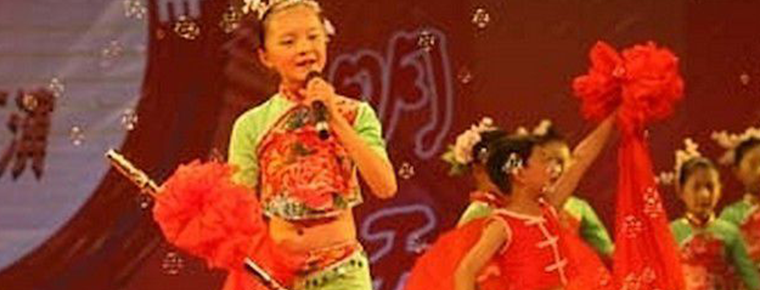
-
Go BelieveGoubuli baozi
Goubuli steamed bun is a snack made of flour, pork and other materials. It was founded in 1858 (Xianfeng period of the Qing Dynasty). .
Views: 165 Time 2018-11-14 -
Chibi ancient battlefield
The ancient battlefield of Chibi in the Three Kingdoms, where the battle of Chibi took place, is located on the South Bank of the Yangtze River in the northwest of Chibi City, Hubei Province.
Views: 393 Time 2018-12-12 -
Wuhan Botanical Garden Chinese Academy of Sciences
Wuhan Botanical Garden of the Chinese Academy of Sciences is located in Wuchang District, Wuhan City, Hubei Province, China. It is a comprehensive scientific research institution integrating scientifi.
Views: 135 Time 2018-12-22 -
Abakh Hoja Tomb
Xiangfei Tomb is located in Haohan Village, 5 km east suburb of Kashgar City. It is a key cultural relic protection unit in the autonomous region. This is a typical Islamic complex of ancient building.
Views: 153 Time 2019-02-25 -
Huidong Fishing Song
Huidong Fishing Song is one of the traditional folk arts in Guangdong Province. From the Song Dynasty, fishing songs in the shallow sea of Huidong were introduced from the coast of Fujian Province..
Views: 178 Time 2019-05-05 -
Wooden drum
During the performance of the wooden drum, one person holds the wooden board in his left hand and the drum in his right hand, beating the wooden board and the book drum in turn in standing rap to matc.
Views: 292 Time 2019-06-05 -
Legend of Qu Yuan
The legend of Quyuan is one of the local folklores in Zigui County, Hubei Province. The people of Zigui created and inherited folk literature with lyric and expressive expression by linking Quyuan wit.
Views: 83 Time 2019-06-11 -
Shuizu Duanwu Jie
The aquarium duanjie is called "borrowing duanjie" in the language of water. "Duan" means "the first year of life" or "New Year", "borrow" means ".
Views: 165 Time 2019-06-16 -
Uygur traditional knife making skills
Xinjiang handicraft knives (Yingjisha knife, Guizi knife, etc.) are generally more than ten or twenty centimeters long. The largest is more than half a meter and the smallest is only about two inches..
Views: 153 Time 2019-06-26 -
Inkstone making skills
Inkstone making skills, local traditional handmade inkstone making skills in Shexian County of Anhui Province and Wuyuan County of Jiangxi Province, is one of the national intangible cultural heritage.
Views: 140 Time 2019-07-01 -
Kangding yak meat
There are many wild medicines such as Fritillaria, Cordyceps and so on growing in these areas over 3500 meters. Yaks often eat these herbs, and their meat is incomparably delicious. After being killed, they can be roasted in brown sauce, stewed or dried in the cold.
Views: 201 Time 2020-12-06 -
Deyang science and technology
In 2018, Deyang City won 141 provincial projects, including 108 provincial science and technology plan projects and 33 Provincial Intellectual property projects. There are 32 provincial patent implementation projects. 184 high-tech enterprises. A total of.
Views: 153 Time 2020-12-14
